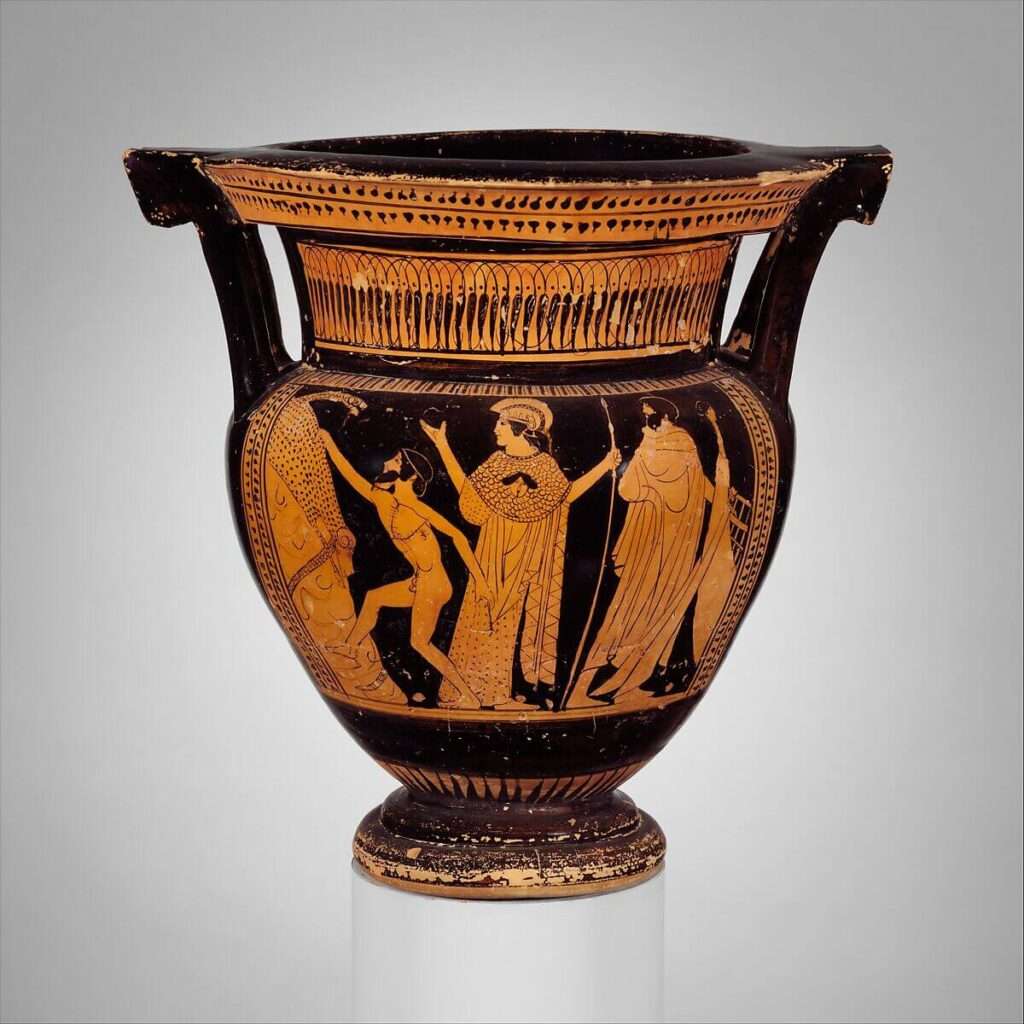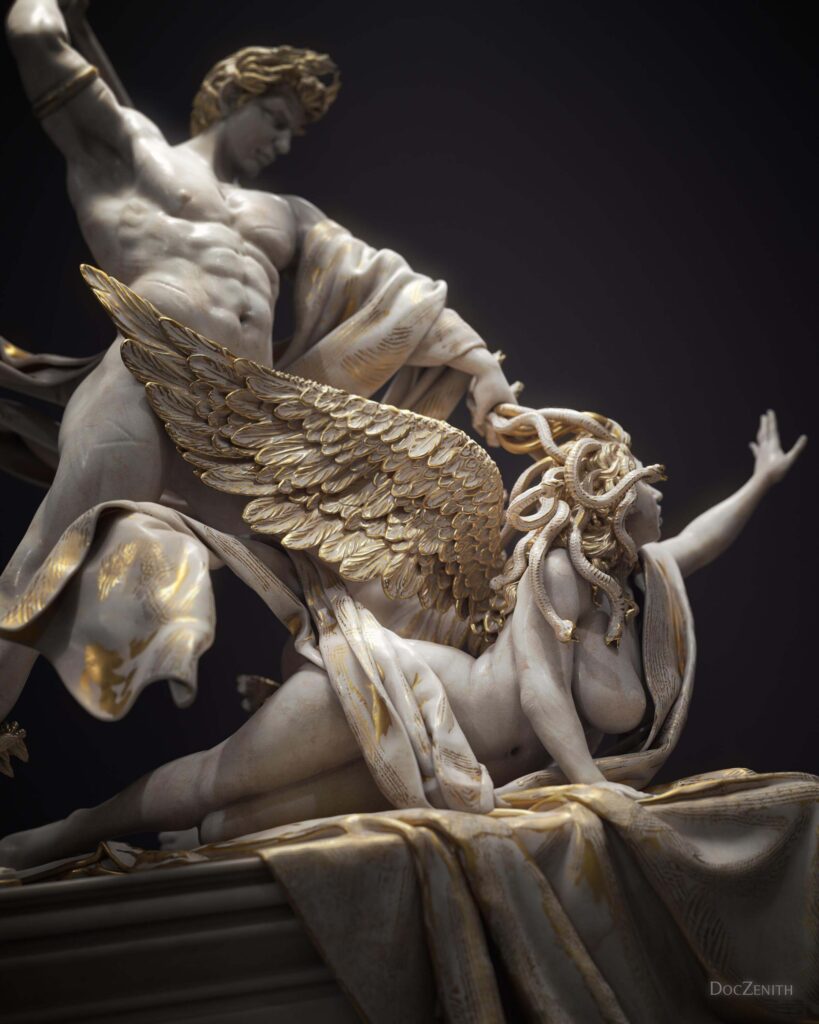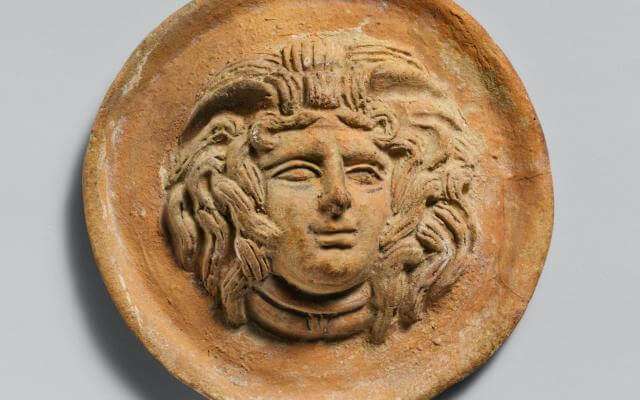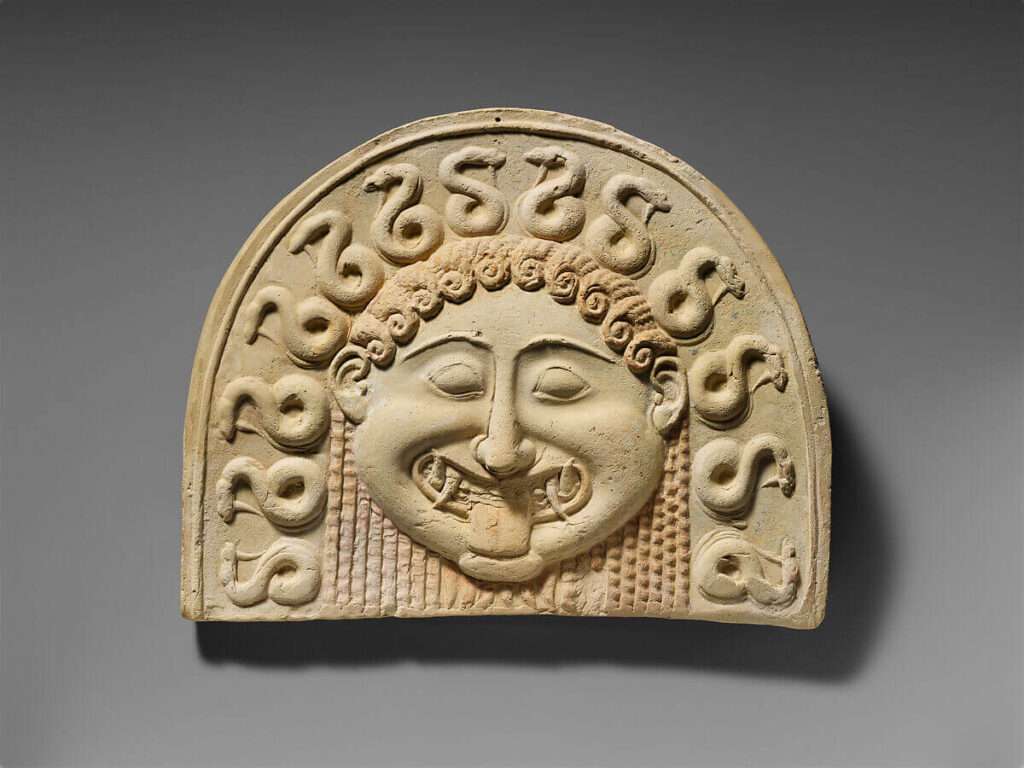Medusa, often remembered as the snake-haired Gorgon of Greek mythology, has captivated the human imagination for centuries. Renowned for her terrifying visage, capable of turning onlookers to stone, Medusa’s tale is deeply embedded in ancient Greek lore. Yet, her story transcends mere mythological curiosity; it embodies complex themes of beauty, power, and transformation that resonate through ages. This article seeks not only to explore the rich tapestry of Medusa’s mythological narrative but also to delve into the layers of symbolism and cultural significance she holds. We aim to provide a thorough, factual, and insightful examination of Medusa’s legend, from its ancient origins to its modern-day interpretations. Through this exploration, we invite readers to appreciate the depth and nuances of a character often reduced to a mere monster, revealing how her story continues to influence and inspire contemporary thought and art.
| Origin | Greek Mythology |
| Classification | Gorgon (Monstrous Female) |
| Appearance | Snake-haired woman with a petrifying gaze |
| Abilities | Petrifying those who gaze upon her, immortality in some versions |
| Story | One of the three Gorgon sisters; Beheaded by Perseus; Her head used as a weapon |
| Associated with | Symbol of fear, Beauty turned into a monster, Perseus’ quest to defeat her |
I. The Origin of Medusa
The Transformation into a Gorgon
Medusa’s story begins as a tale of beauty turned to horror. Originally portrayed as a ravishing maiden, Medusa’s transformation into a Gorgon was a punishment from Athena, the Greek goddess of wisdom and war. This metamorphosis followed a transgression in Athena’s temple, involving Poseidon, the god of the sea. The once beautiful hair of Medusa turned into venomous snakes, and her gaze became so dreadful that it could petrify anyone who looked directly at her. This narrative, sourced from classical texts like Ovid’s “Metamorphoses,” highlights the tragic downfall of Medusa and sets the stage for her role in Greek mythology.

Symbolic Interpretations
The tale of Medusa has been subjected to numerous interpretations over the centuries. In one view, it symbolizes the vilification of female power and sexuality. Some modern feminists interpret her story as a representation of unjust punishment inflicted upon women who defy societal norms. Others see Medusa as a symbol of protection, as her image was often used in ancient times to ward off evil. The dichotomy in her portrayal—from a victim to a monster—opens a rich dialogue about gender, power dynamics, and transformation.

II. Medusa in Greek Mythology
Medusa’s Depiction in Ancient Literature and Art
Medusa, one of the three Gorgon sisters, holds a unique place in Greek mythology. Unlike her immortal sisters, Medusa was mortal and known for her lethal capabilities.
In ancient Greek literature, notably Hesiod’s “Theogony” and Ovid’s later work “Metamorphoses,” authors often depict Medusa as a monstrous figure. She possesses serpents for hair, a gaze that turns observers to stone, and a visage so terrifying it is considered a harbinger of doom. In art, her image evolved over time. Initially portrayed as grotesque and terrifying, later classical artworks depicted her with a haunting beauty, exemplifying the duality of her character.
Interactions with Mythological Figures
The most notable interaction in Medusa’s myth is with Perseus, the hero who beheaded her. This encounter, richly detailed in mythological texts, symbolizes a clash of powers and the overcoming of formidable obstacles. Perseus, aided by gifts from the gods such as Hermes’ winged sandals and Hades’ helm of invisibility, was able to outwit and defeat Medusa. This tale is not just a story of heroism but also a narrative rich in symbolic meanings, such as the triumph of good over evil, the power of cunning over brute strength, and the concept of mortality.

III. The Iconography of Medusa
Evolution in Art and Sculpture
The representation of Medusa in art and sculpture is as varied as it is profound, reflecting the evolving perceptions of her myth over centuries. In ancient Greek art, artists often depicted Medusa as a grotesque figure featuring a wide, terrifying mouth, a protruding tongue, glaring eyes, and, unmistakably, a head of snakes for hair. This portrayal appears in artifacts such as the 6th-century BCE Metope from Selinunte, which showcases the archaic style of Gorgon depiction. As time progressed, particularly during the Hellenistic and Roman periods, Medusa’s image underwent a dramatic transformation. She became more humanized and beautiful, yet her gaze remained haunting. A quintessential example of this evolution is seen in the Roman “Medusa Rondanini,” a marble bust that portrays her with a serene yet melancholic expression.

Symbolism Across Eras
The changing depiction of Medusa reflects broader shifts in societal and cultural norms. In early Greek architecture and pottery, artists likely intended her monstrous form to ward off evil, symbolizing protection and power. They used her image as an apotropaic symbol, evident in these early works. In later eras, the shift towards a more humanized form of Medusa perhaps reflects a deeper engagement with themes of empathy, tragedy, and the complexity of her myth. It suggests a transition from viewing Medusa solely as a monster to acknowledging her as a victim of circumstance, a theme resonant in many modern interpretations.
Featuring Art Pieces
The article will feature high-quality images of these artworks, each accompanied by a detailed description and proper credits. For instance, to illustrate Medusa’s Baroque interpretation, which captures both horror and beauty in a single frame, you can use a high-resolution image of Caravaggio’s “Medusa,” housed in the Uffizi Gallery, Florence. Another significant piece is Cellini’s “Perseus with the Head of Medusa,” a sculpture that depicts the aftermath of Medusa’s beheading, symbolizing both victory and the enduring power of her gaze, even in death.
IV. Modern Interpretations and Cultural Impact
Medusa in Contemporary Literature, Film, and Art
In modern times, Medusa’s story has been reimagined and woven into various forms of artistic expression. In literature, she often appears as a complex character, embodying themes of transformation, power, and victimization. Contemporary poets and authors have revisited her tale, presenting her not just as a monster, but as a multifaceted figure with a story to tell. In film and visual media, various portrayals have depicted Medusa as both a figure of terror and a symbol of strength. Her influence pervades modern art, frequently featuring her as a subject to explore themes of beauty, horror, and the grotesque.

Medusa in Feminist Discourse
Medusa has also emerged as a powerful symbol in contemporary feminist discourse. She represents the rage of women wronged and the defiance against male domination and oppression. Feminist theorists, like Hélène Cixous in her essay “The Laugh of the Medusa,” have reclaimed her image, transforming it from one of victimhood to a symbol of female rage and empowerment. This perspective views Medusa’s horrifying aspect not as something to be feared, but as a form of protection and a challenge to the patriarchal gaze.
V. Medusa in Archaeology and History
Archaeological Discoveries and Their Significance
Archaeological excavations have unearthed numerous artifacts that depict Medusa and the Gorgons, offering tangible links to how these mythical figures were perceived in ancient times. These findings include temple decorations, pottery, and sculptures. A notable example is the Gorgon pediment from the Temple of Artemis in Corfu, one of the earliest surviving representations, dating back to the 6th century BCE. This section will explore such discoveries, discussing their historical contexts and the insights they provide into ancient Greek culture and mythology.

Correlation with Myths
Archaeological findings not only depict Medusa’s fearsome image but also provide clues about the societal and religious significance of her myth. For example, using Medusa’s image in temples and on shields indicates that ancient cultures viewed her as a protective figure, despite her terrifying appearance. This portrayal contrasts with her later depiction in literature as a monster that heroes must vanquish. By analyzing these artifacts, we can trace how her image evolved over time and how the interpretation of her story shifted in ancient Greek society.
VI. Conclusion
The enduring myth of Medusa, transcending mere ancient folklore, reveals a rich tapestry of cultural, artistic, and philosophical significance. From her beginnings as a Gorgon cursed in Greek mythology to her emergence as a powerful symbol in modern feminist discourse, the story of Medusa has undergone continuous reinterpretation, mirroring the evolving norms and attitudes of society. Archaeological findings connect her myth to historical realities, while her varied depictions in art and literature showcase her as a complex figure embodying themes of transformation, power, and victimization. Medusa’s lasting impact demonstrates the dynamic nature of mythological narratives and their ability to adapt and resonate with contemporary audiences. Her story, far from being a relic of the past, continues to inspire and provoke, highlighting the enduring power of mythology in shaping and reflecting human experiences across time.
